This morning, I took the train a half-hour towards the coast, to the city of Waterford. Waterford’s got an interesting history, and a really huge footprint on Irish history in general, especially in what they call the Ancient East.
Here’s a quick and dirty synopsis of things.
So, Ireland is a land with a small population of semi-nomadic bronze-age tribes. And the Vikings show up and start raiding them, because Vikings. Then, in 914 CE, a band of 50-60 Vikings came and settled here. Now, they were all men, so they started… let’s use the word “intermarrying” with the local population. Remember, Vikings.
This worked because Waterford1 had a nice, sheltered harbour, good weather, and lots of stuff for the Vikings to take. The Vikings continued settling other cities around the Irish coasts, including Dublin, Belfast, Cork, and Galway.
But Vikings are not a united nation. The various Viking cities war against each other, with the Irish people trapped between them. So, the King of Leinster2 sent to England for help. England sent Richard de Clare, the Earl of Pembroke to help out. de Clare is popularly known as Strongbow3, and he and Leinster raise an army and set about kicking the Vikings out of Ireland.
Which they do. But they do it with an Anglo-Norman army, and this is the point at which Ireland begins counting the 800 years of British occupation.
So, yeah, it’s the Vikings’ fault, I guess.
Anyway, Waterford got heavily fortified after that, and was a very important and busy industrial port right up to very recently – like, the 1990s.
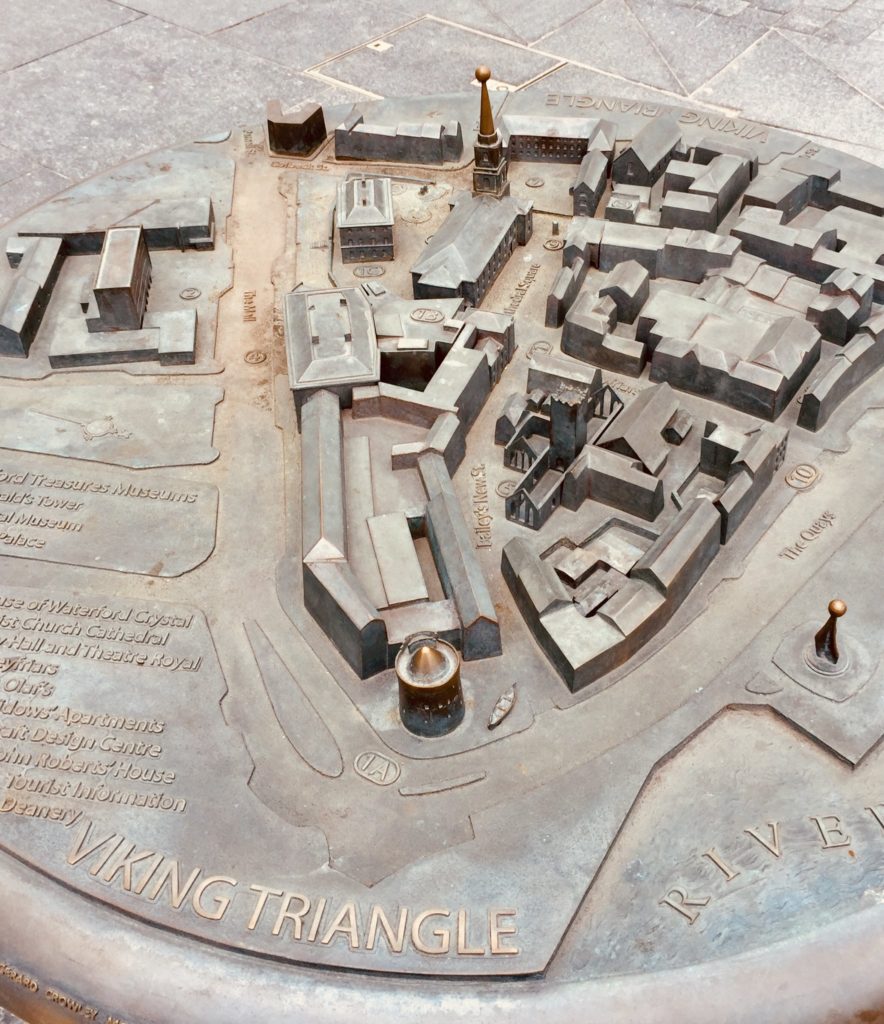
Apropos of nothing, I went into a pub beside the tourist office to wait for the tour to start. The windows called it The American Bar, in both English and Irish, and that kind of tickled me. Inside, it was solid Irish pub, without any trace of Americanism. Here’s their Facebook page.
Anyway, our tour started. Our guide, Michael, was great. I was more interested in the great stories he told of about Thomas Meagher and John Roberts.
Quick versions: Thomas Meagher debated Daniel O’Connell, designed the modern Irish flag, led a failed rebellion, was transported to Van Diemen’s Land4, escaped to the US, became a lawyer and newspaper publisher, established the Irish Brigades5 to aid the Union in the Civil War, got to be friends with Abraham Lincoln, was made acting governor of Montana, and may have faked his own death on a riverboat. He was 43 years old when he (probably) died. 43 years old!6
John Roberts wasn’t quite as active7, but still built both cathedrals in Waterford, including the first new Catholic cathedral to be built in Ireland after the repeal of the Penal Laws8. He died at the age of 82, finishing the Holy Trinity Cathedral.
Now, we saw both cathedrals on our tour, but I didn’t get any pictures of the Holy Trinity Cathedral. Our guide, Michael9 kept getting shushed by a woman in the cathedral as he was pointing out some of the cool bits. She would glare at him, with her finger on her lips, and waggle her head. And Michael had no idea who she was, or what she was doing, because he was speaking very softly. So, anyway, we didn’t linger there10, and I didn’t get any pictures of the weird tilted columns, the gorgeous carved pulpit, or the rippled and buckled floor.
See, with the repeal of the Penal Laws, Waterford was given permission to build a Catholic cathedral, but there were… conditions. For one thing, the exterior could not look like a church – it resembles a courthouse or bank. And it was built on the boggiest, softest tract of land in the city. So, it’s been subsiding for a while.
But at the Church of Ireland cathedral, Christ Church, I did get some pictures.
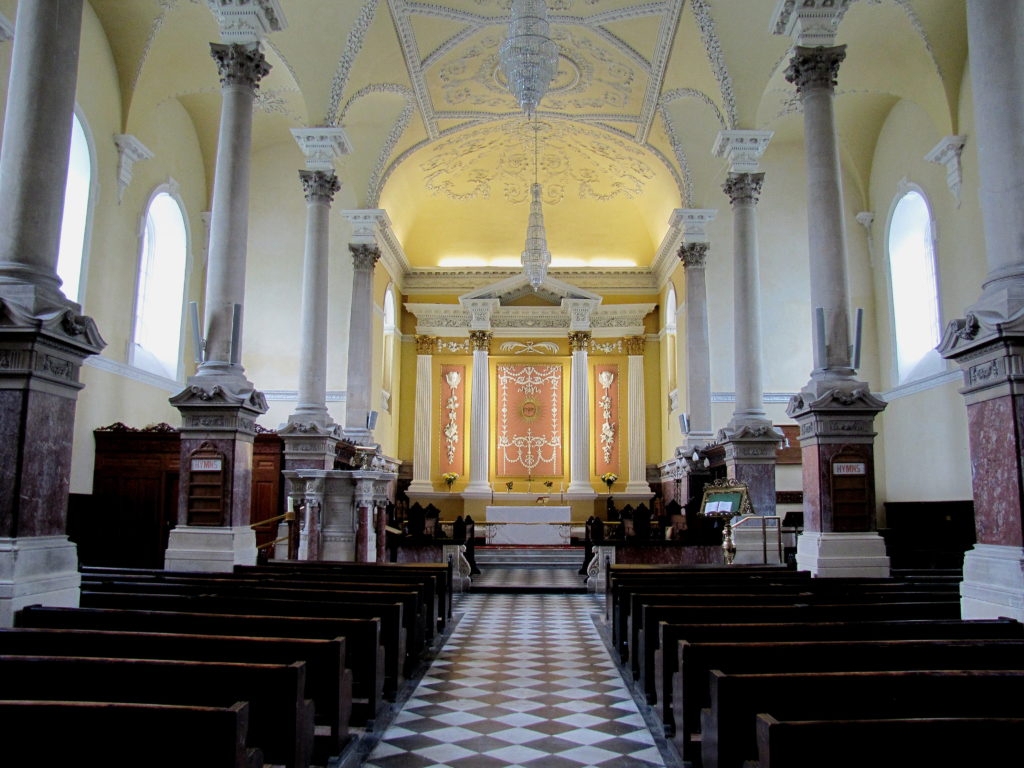
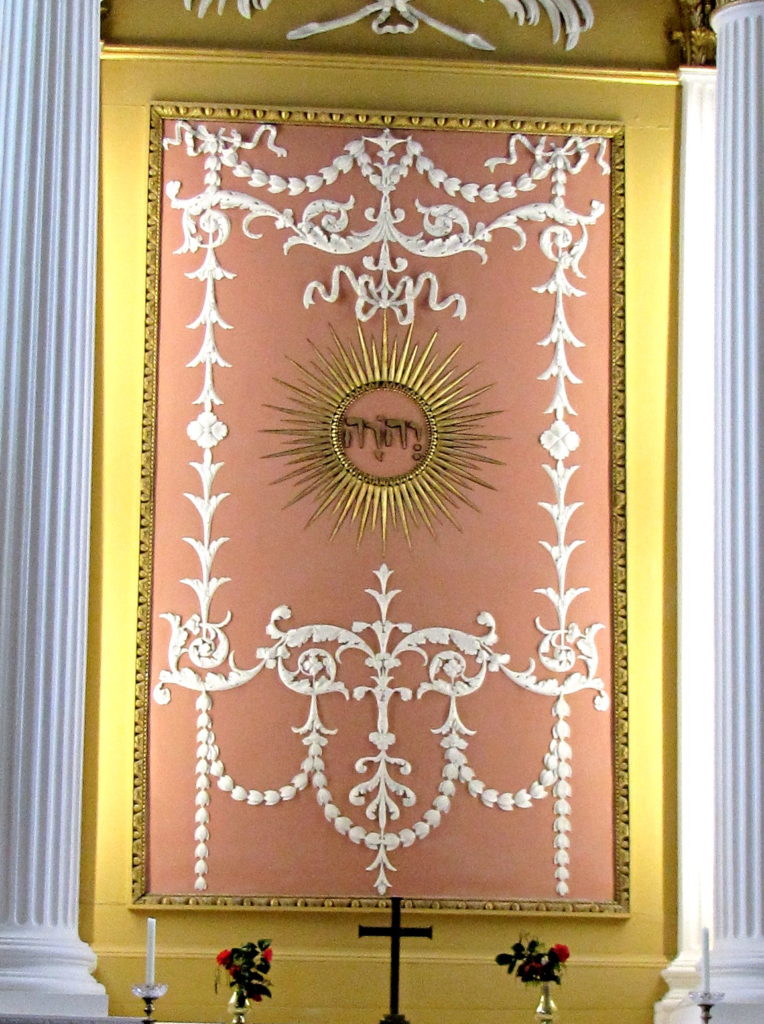
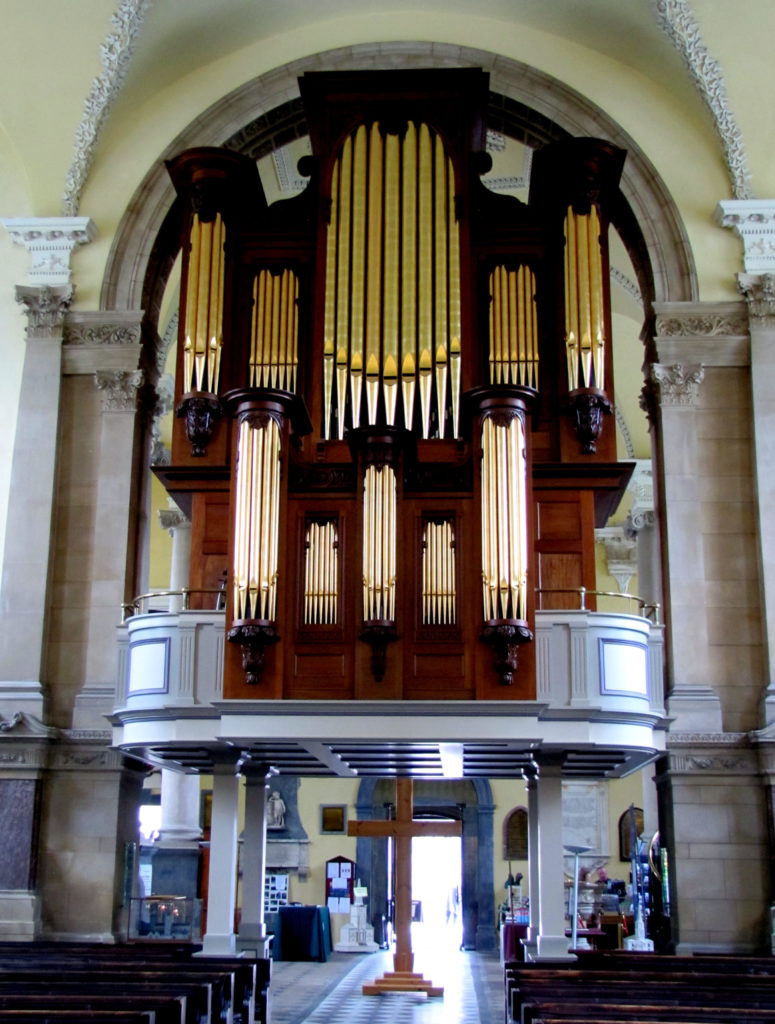
Couple of other items of interest I saw before the rain started:
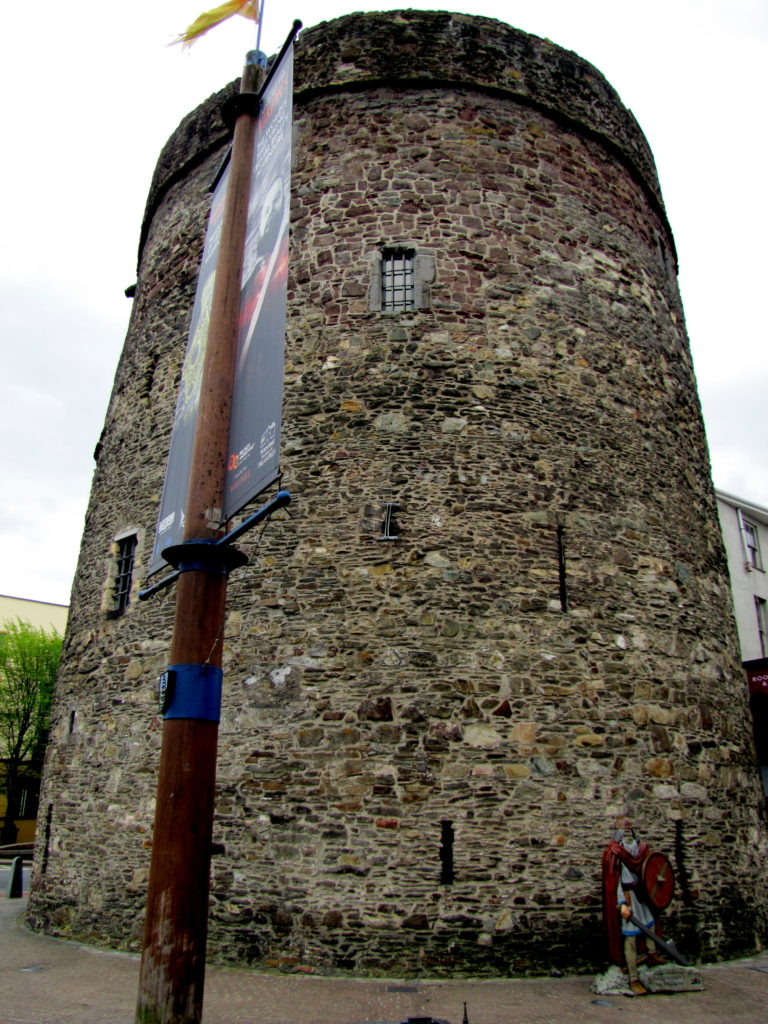
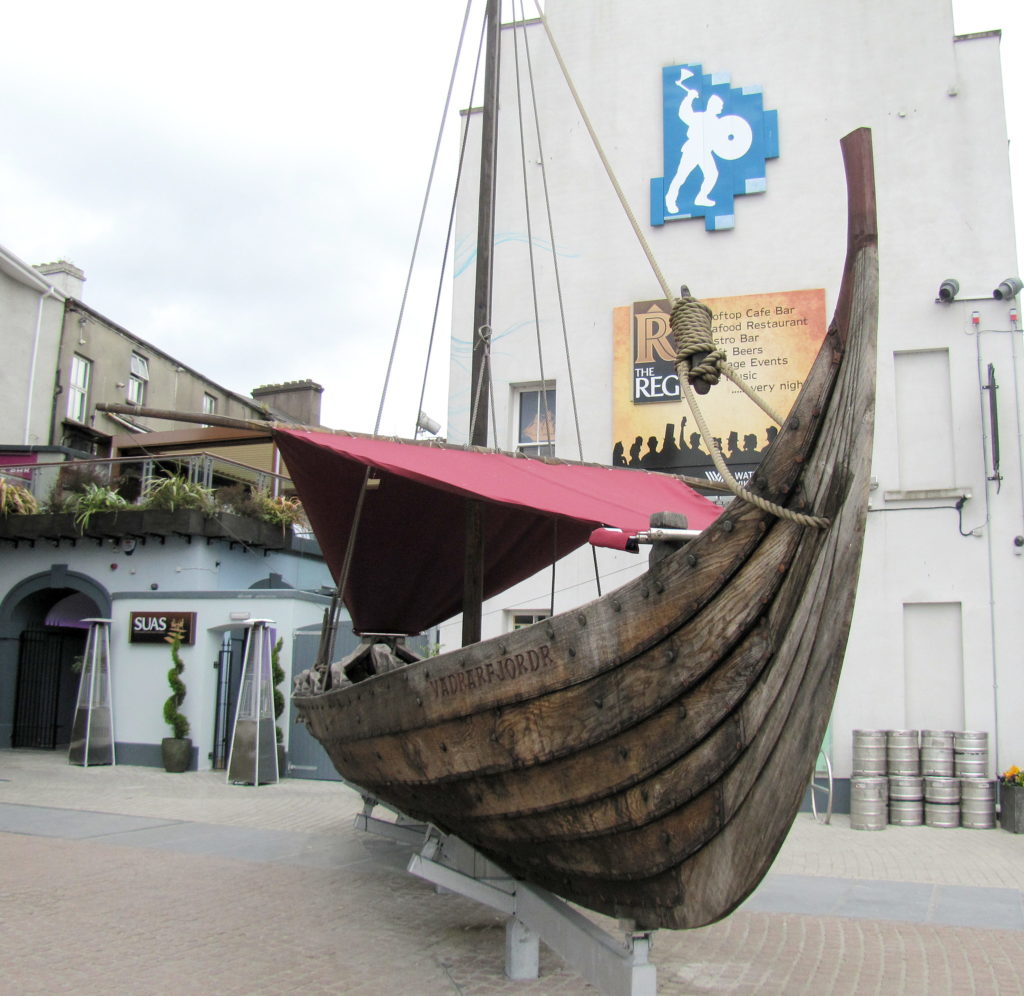
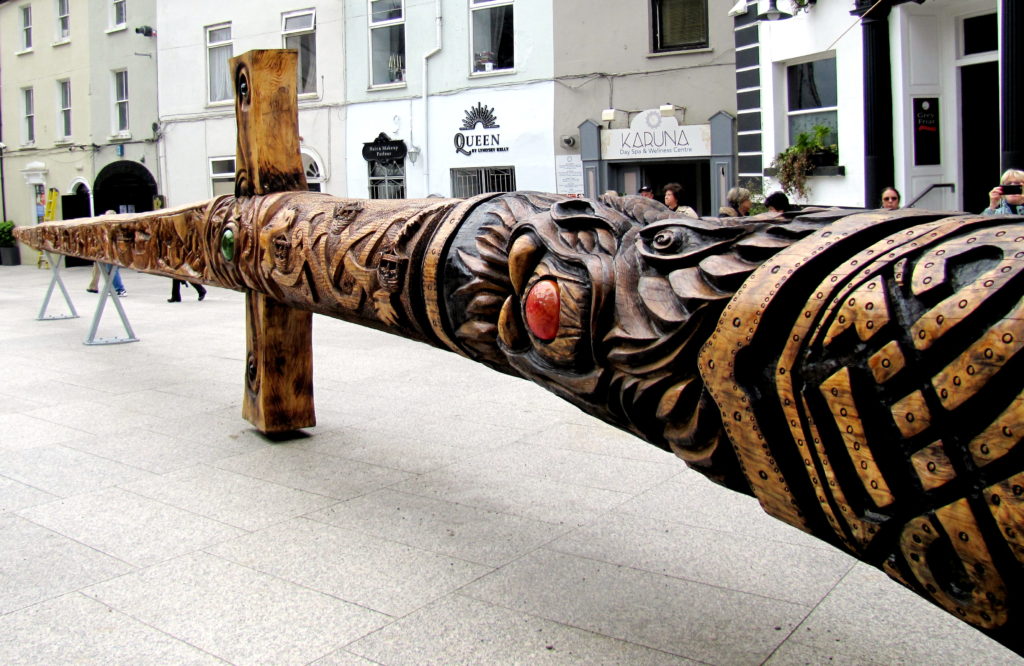
And the rain made me walk back to the train station, and wait there for two hours for my ride back to Kilkenny.
This is my last night in Kilkenny. Tomorrow, I pack up and take the train to Killarney. Apparently, the most direct, least number of changes involves taking the train back to Dublin and then taking a train out to Killarney. Gonna be a long train day, probably with very few pictures or interesting stories.
Still, we’ll see.
- Vardrarfjordr, originally, which I’m told means Ram’s Fjord. [↩]
- From what I can tell, Leinster has allied himself with the local Waterford Vikings, really wants help trying to get rid of the Dublin Vikings, and incidentally maybe take over Dublin. [↩]
- Yes, the cider guy. [↩]
- Tasmania, today. [↩]
- Including the Fighting 69th. [↩]
- And I’m turning 50 in a couple of weeks, and haven’t led a single armed rebellion. [↩]
- Honestly, who is? [↩]
- Which effectively made Catholicism illegal. [↩]
- Who works at Christ Church Cathedral and, through that job and his guiding job, knows everyone in the city, it seems. [↩]
- I mean, it is a working place of worship, but this was between services. Fair enough, though, if she was a woman of faith and we were disturbing her. [↩]

